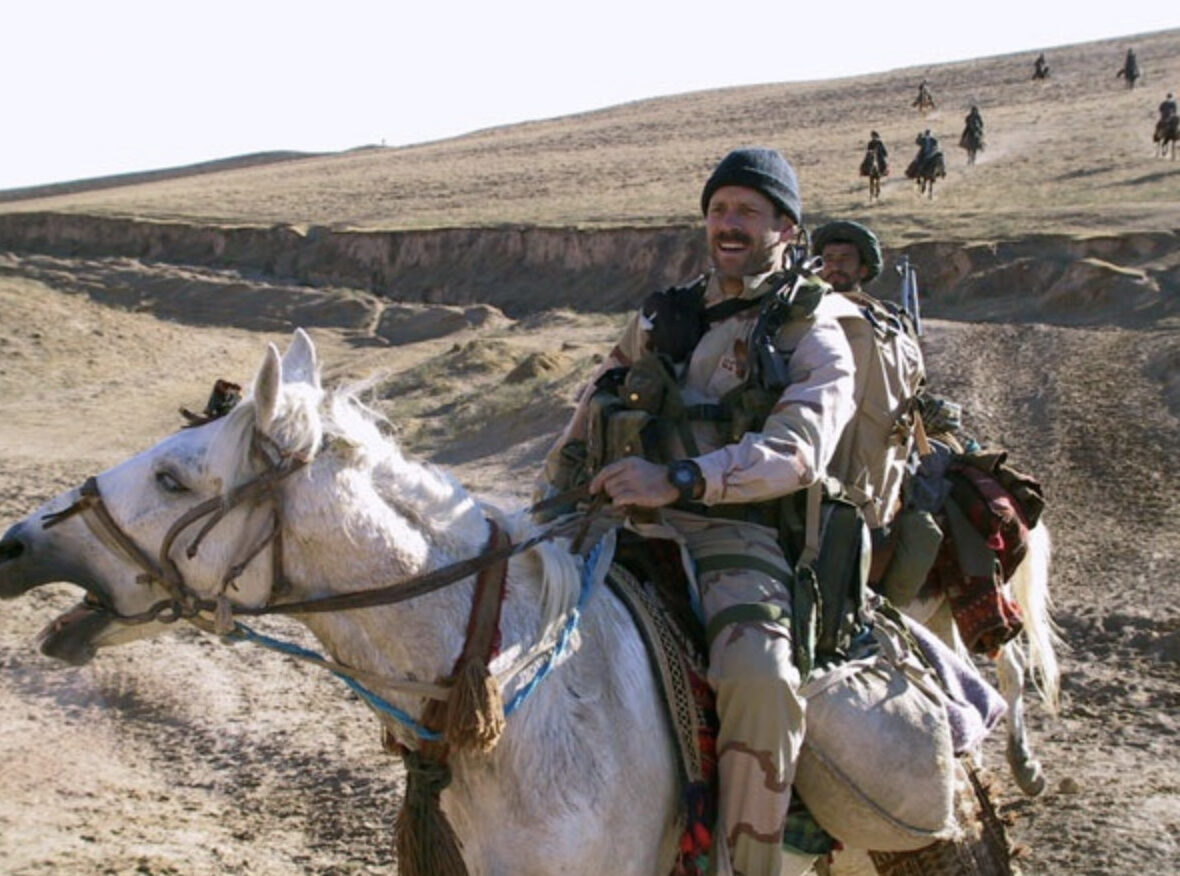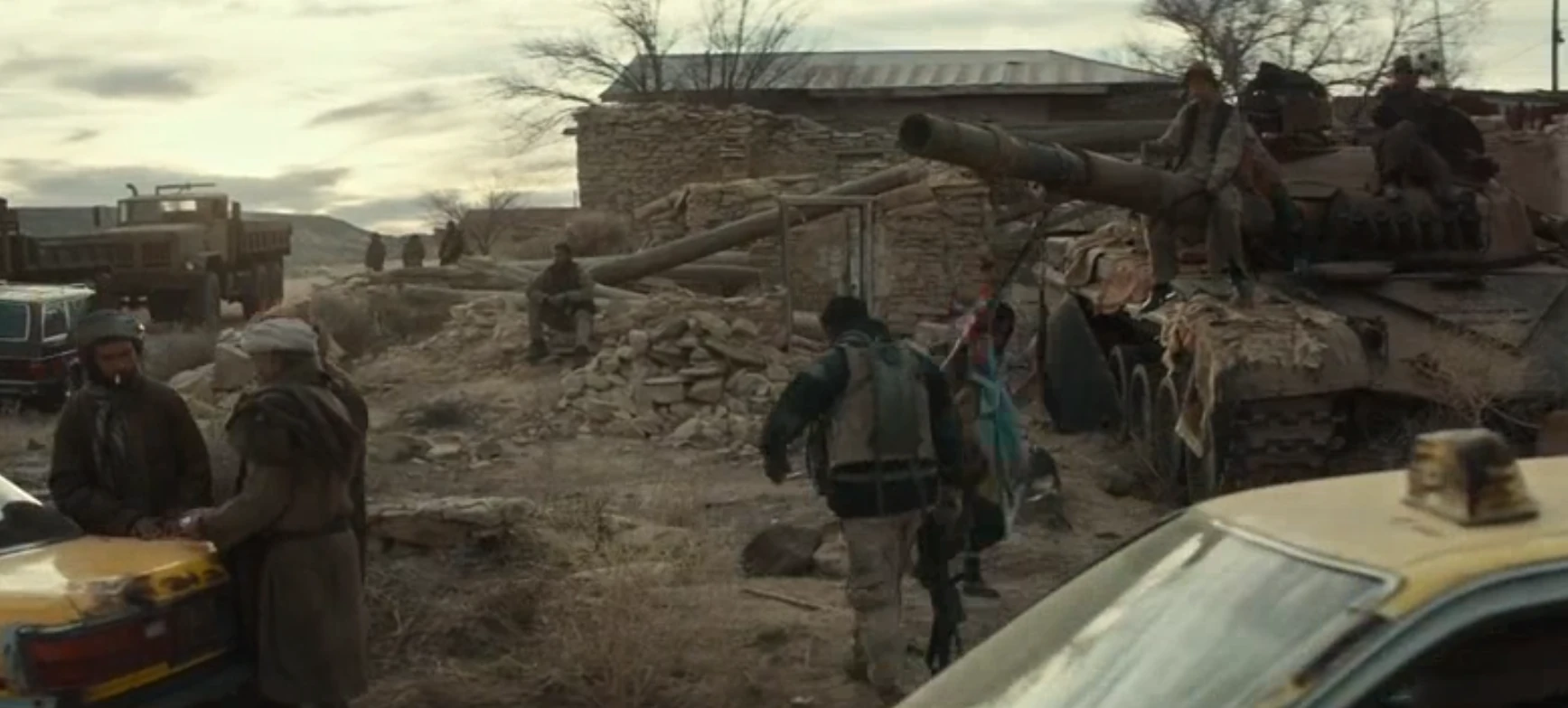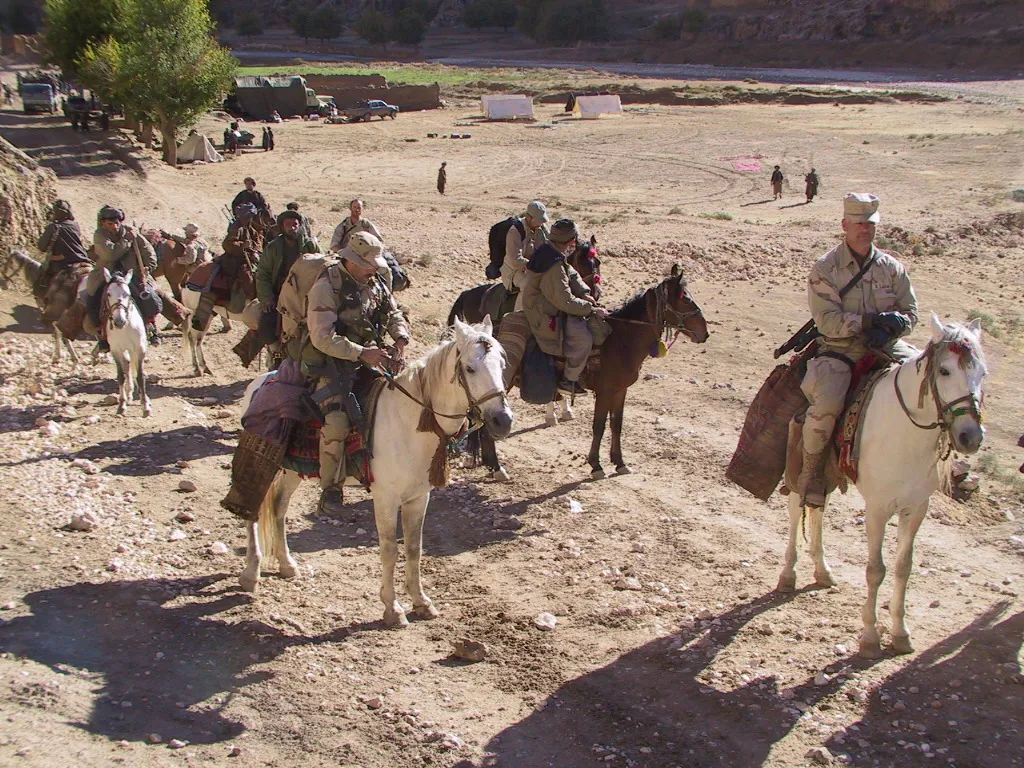It might come as a surprise, but the United States and Afghanistan enjoyed friendly relations for the overwhelming majority of their shared history, a history spanning some 200 years. It was only following September 11, 2001, that relations soured between the two countries. In the days that followed the terror attacks of September 11, the American government demanded the Taliban deliver Osama bin Laden or face the wrath of the U.S. military – and the Afghans almost avoided a war.

The Strategic Importance of Mazar-i-Sharif in the Battle of Mazar-i-Sharif
Muslim clerics across Afghanistan actually voted to expel Osama bin Laden and al-Qaeda, but in the same vote, they decided that an invasion from the United States would trigger a jihad for the Muslim faithful. With that in mind, Mullah Muhammaed Omar, the founding leader of the Taliban rulers of Afghanistan, decided not to deliver bin Laden. Al-Qaeda was, after all, a close ally of the Taliban.
So when none of the demands made by President George W. Bush’s administration were met, a military solution was coming. On October 7, 2001, the United States began the ouster of the Taliban regime in Afghanistan, a fight that began with the fall of the critical city of Mazar-i-Sharif.
The city itself sits across critical supply routes, connecting Kabul to routes into neighboring Uzbekistan and Tajikistan. It was a must-win city for the Northern Alliance, and its airfield was a must-have for American forces looking for a foothold inside Afghanistan.
The United States enjoyed total air superiority throughout the invasion. Most, if not all, of the Taliban’s air forces and air defense were destroyed on the ground in the opening days of the attacks. A new airborne technology, the Predator drone, was used to try and target the Taliban leadership. Taliban and al-Qaeda training camps were also targeted in the early days, along with the Afghan communications infrastructure. In spite of this superiority, the Taliban held Mazar-i-Sharif in an iron grip – but not for long, as it would turn out.
Northern Alliance’s Advances and U.S. Support in the Battle of Mazar-i-Sharif
On October 19, U.S. Army Special Forces detachments with U.S. Air Force combat controllers were inserted into Afghanistan to connect with members of the Northern Alliance, an Islamic democratic unity government firmly opposed to al-Qaeda and the Taliban. One 12-man American team, ODA 555, went into the Panjshir Valley with Northern Alliance Gen. Mohammed Fahim. The other team, ODA 595, went to the Darya Suf Valley with Gen. Abdul Rashid Dostum. Dostum’s objective was Mazar-i-Sharif, but both forces would end up meeting there.

The Northern Alliance and the Taliban had been in a stalemate since Taliban fighters captured Mazar-i-Sharif in 1998, forcing the Northern Alliance to withdraw 60 miles from the city to a place Taliban tanks could not reach. When the soldiers from ODA 595 arrived, they met eight operators from the CIA Special Activities Division along with Gen. Dostum and his forces. They were turning into a powerful alliance, but time was not on their side. As October turned to November 2001, the Taliban began moving thousands of defenders to the area. By the time the Americans and Northern Alliance were ready to move, more than 5,000 Taliban were defending the city and thousands more in the province.
The Victory in the Battle of Mazar-i-Sharif and Its Strategic Implications
While things might have looked grim on paper, the Americans moved their trump card into place in the days before November 9, 2001, when the assault on Mazar-i-Sharif would take place. It turns out there were more Green Berets and another CIA team inserted in the populated areas around the city. As the Alliance forces moved within 15 miles of Mazar-i-Sharif, Gen. Fahim and his Army Special Forces detachment linked up with Dostum’s. They cut the city’s communication lines and began pushing toward it.
The combined anti-Taliban forces numbered some 2,000 American and Northern Alliance troops – but the trump card was the air power the Green Berets could direct.

Between Nov. 7-8, 2001, U.S. Air Force B-52 bombers and other support aircraft absolutely pummeled the Taliban lines that controlled the approaches to Mazar-i-Sharif, tearing through the defenders of the city in ways they had never experienced or even expected. “When the bombing started, I was commanding some 400 fighters on the front lines near Mazar-e Sharif,” one Taliban commander wrote. “The bombs cut down our men like a reaper harvesting wheat. Bodies were dismembered. Dazed fighters were bleeding from the ears and nose from the bombs” concussions. We couldn’t bury the dead. Our reinforcements died in their trenches.””

On November 9, air strikes covered the approaches as Dostum and Atta began their attack on Mazar-i-Sharif on horseback. Some Alliance soldiers marched in on foot, others came by whatever vehicle they could find, but they were all headed into the city for the first time in years. By mid-afternoon, much of its critical infrastructure was under Northern Alliance control, and in the days that followed, thousands of Taliban and al-Qaeda fighters fled the province under air assault to regroup.
The fall of Mazar-i-Sharif in less than a month after the war started was one of the most surprising events of the War in Afghanistan. The city was expected to hold out for months, well into 2002. It wasn’t just the Taliban’s first major defeat; it gave the Americans an airfield along strategically significant supply lines as well as a means of reinforcing Northern Alliance gains with regular American ground troops.
By the end of 2001, the combined forces would expel Taliban forces from most major urban areas, including Kandahar, the Taliban’s power base. The U.S. invasion of Afghanistan failed to meet its primary objective, however: the capture of Osama bin Laden. It’s widely believed he escaped to Pakistan on December 12, 2001. He would evade justice until May 2, 2011.
Read About Other Battlefield Chronicles
If you enjoyed learning about the Battle of Mazar-i-Sharif, we invite you to read about other battlefield chronicles on our blog. You will also find military book reviews, veterans’ service reflections, famous military units and more on the TogetherWeServed.com blog. If you are a veteran, find your military buddies, view historic boot camp photos, build a printable military service plaque, and more on TogetherWeServed.com today.

0 Comments